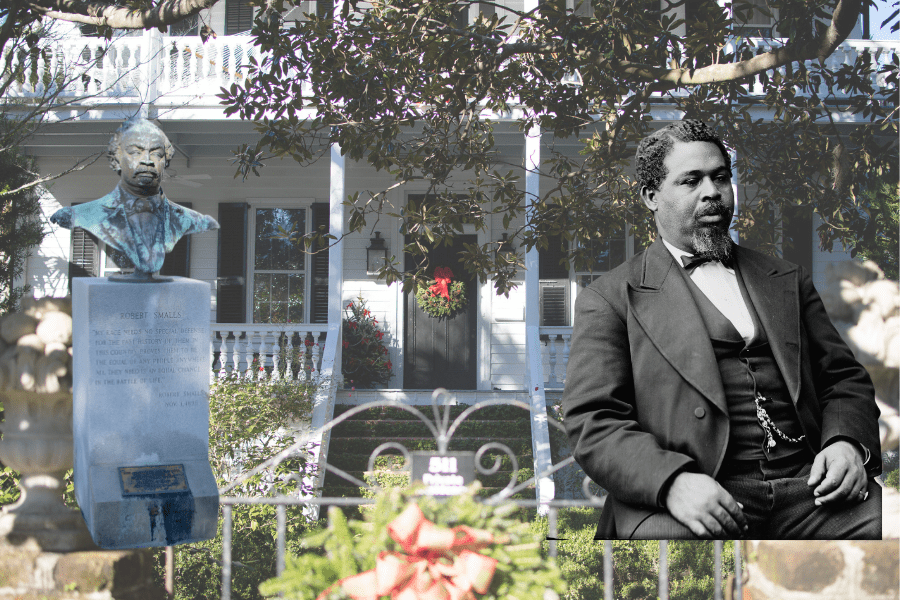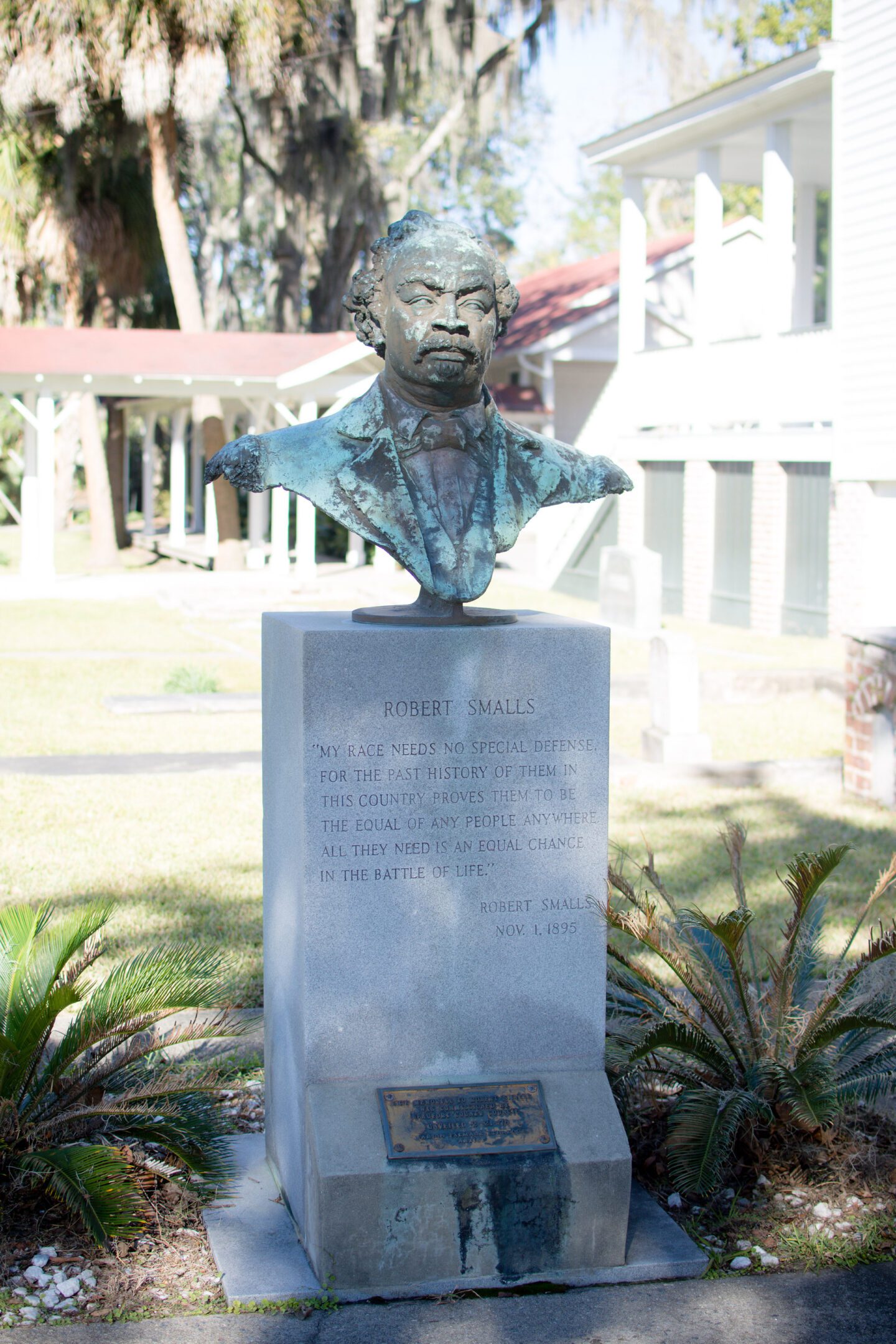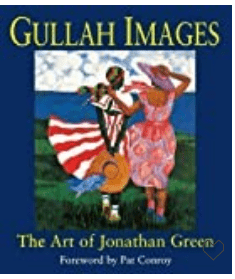
Real life American superhero Robert Scott Smalls lived a life that defies all logic given that much of what he achieved began while he was enslaved in South Carolina. His entire life story is inspiring, including his heroics, when at 23, as an enslaved boat pilot for the Confederacy, he and a crew of other enslaved men delivered a boat filled with Confederate guns and ammunition straight into the hands of the Union army. If that weren’t enough to upset the Confederates, he also self-emancipated himself, his crew and their families, and his own family. He would ultimately have a storied career in politics as a U.S. congressman during Reconstruction, and as a community activist and leader. But even more exceptional, Smalls was a property owner with a significant portfolio.

Smalls’ property ownership is legendary in and of itself. The biggest story began in 1863, when Congress passed a bill awarding Smalls and his crewmen the prize money for the Planter, the boat they captured.He received $1,500 (over $15,000 today, and Smalls received an additional $3,500 in 1900 for capturing the Planter), using $650 of it to purchase the home of his former enslaver in Beaufort, SC.He owned the house his mother Lydia Polite worked in as an enslaved servant as well as the land where he’d been born in a cabin on the grounds.
His purchase was contested by the former owner and in an unprecedented decision, he won his case, retaining ownership. His mother lived in the home until her death as did the widow of the former owner, who showed up possibly suffering from dementia and starvation, was taken in by the family. She remained there, in the room she formerly occupied as his enslaver, until her death. In the 1870 Census, it is documented that some of the members of his crew lived with him, either in the house or on the grounds.

But that’s just the beginning of his ownership story. Smalls would come to own most of the land and houses near his home in Beaufort. He owned a building that would become a schoolhouse. (During his tenure as a politician, Robert Smalls fought for equal and compulsory public education for African American and poor children.) He co-owned a store for freedmen. And he donated money and land for religious and charitable purposes.

Click here to read more: Elizabeth’s former home, 414 New Street
In the 1870 census, Robert Smalls’ property value was set at $6,000 and enumerated as a part of his household were his step-daughter Clara, daughters Elizabeth and Sarah, his wife Hannah, mother Lydia and a host of others as mentioned above. Given the number of people in the household, including those listed as servants, it is hard to ascertain if they were all living in the same house or the same plot of land. We do know that by 1880, Elizabeth and her husband were living on the land in another dwelling with a different house number and Robert Smalls was living at 511 Prince Street, the home of his former enslaver who was also believed to be his father. Elizabeth and her sisters would intermittently live in his home. Elizabeth would move in with her children after becoming widowed. Smalls lived in the house long after his first wife, Hannah, and second wife, Annie passed away. After his death in 1915, his descendants kept the house in the family until 1953. And he willed his properties to his family.
What was most notable about the 1870 census information is that Smalls and his family lived surrounded by white families with a small cluster of Black neighbors. It makes all the sense in the world that a remarkable man like Robert Scott Smalls would live where and how he pleased and die owning a good portion of the neighborhood.


































































